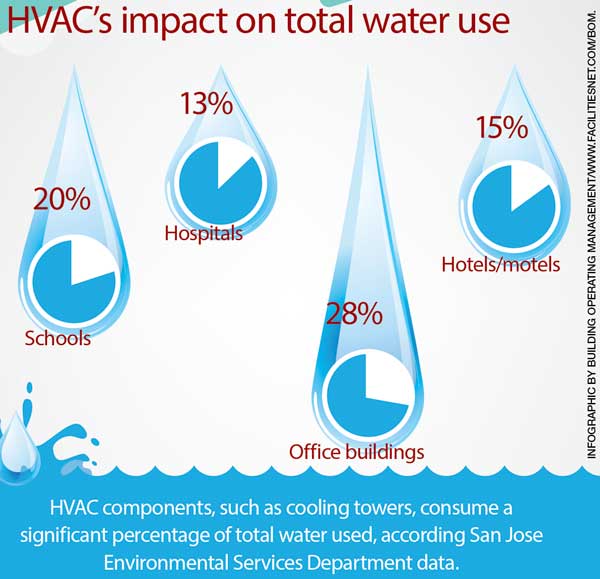The Ultimate Guide To Recognizing Warmth Pumps - Just How Do They Work?
The Ultimate Guide To Recognizing Warmth Pumps - Just How Do They Work?
Blog Article
Team Author-Forrest Hanna
The very best heatpump can conserve you substantial quantities of cash on power expenses. They can also help reduce greenhouse gas emissions, specifically if you utilize electrical energy in place of nonrenewable fuel sources like gas and home heating oil or electric-resistance heaters.
Heatpump function quite the like ac unit do. This makes them a sensible option to traditional electrical home heater.
Exactly how They Work
Heat pumps cool homes in the summertime and, with a little aid from power or gas, they provide some of your home's heating in the wintertime. They're a good alternative for people who intend to minimize their use fossil fuels yet aren't all set to replace their existing heater and a/c system.
They rely upon the physical fact that also in air that appears also cold, there's still energy existing: warm air is always moving, and it wants to move into cooler, lower-pressure environments like your home.
Many power celebrity licensed heat pumps operate at near their heating or cooling capability throughout the majority of the year, minimizing on/off cycling and conserving power. For the best performance, concentrate on systems with a high SEER and HSPF rating.
The Compressor
The heart of the heat pump is the compressor, which is also called an air compressor. This mechanical moving gadget makes use of potential power from power creation to increase the pressure of a gas by decreasing its volume. It is various from a pump in that it only works with gases and can not work with liquids, as pumps do.
Atmospheric air goes into the compressor with an inlet shutoff. It travels around vane-mounted arms with self-adjusting length that divide the interior of the compressor, developing multiple cavities of differing size. Get the facts to move in and out of stage with each other, compressing the air.
The compressor reels in the low-temperature, high-pressure refrigerant vapor from the evaporator and compresses it right into the hot, pressurized state of a gas. just click the following internet page is duplicated as needed to provide heating or air conditioning as called for. The compressor also contains a desuperheater coil that reuses the waste heat and adds superheat to the refrigerant, changing it from its liquid to vapor state.
The Evaporator
The evaporator in heatpump does the same thing as it performs in fridges and air conditioning system, altering liquid refrigerant into a gaseous vapor that gets rid of warm from the room. Heatpump systems would certainly not work without this critical piece of equipment.
This part of the system lies inside your home or structure in an indoor air handler, which can be either a ducted or ductless unit. It consists of an evaporator coil and the compressor that presses the low-pressure vapor from the evaporator to high pressure gas.
Heat pumps take in ambient warm from the air, and afterwards make use of electrical power to transfer that warmth to a home or organization in home heating mode. That makes them a lot more power efficient than electric heaters or furnaces, and due to the fact that they're utilizing tidy power from the grid (and not shedding fuel), they likewise create much fewer exhausts. That's why heatpump are such fantastic environmental selections. (Not to mention a substantial reason that they're becoming so prominent.).
The Thermostat.
Heatpump are great choices for homes in cool environments, and you can utilize them in mix with typical duct-based systems or even go ductless. They're a fantastic different to fossil fuel heating unit or traditional electric furnaces, and they're more lasting than oil, gas or nuclear HVAC devices.
Your thermostat is the most essential element of your heat pump system, and it works really in a different way than a conventional thermostat. All mechanical thermostats (all non-electronic ones) job by using compounds that alter size with boosting temperature level, like curled bimetallic strips or the increasing wax in a cars and truck radiator valve.
These strips contain two various types of metal, and they're bolted with each other to create a bridge that finishes an electric circuit linked to your a/c system. As the strip obtains warmer, one side of the bridge broadens faster than the other, which causes it to flex and signal that the heater is required. When the heat pump remains in home heating mode, the reversing shutoff turns around the circulation of refrigerant, to make sure that the outdoors coil now works as an evaporator and the indoor cylinder becomes a condenser.